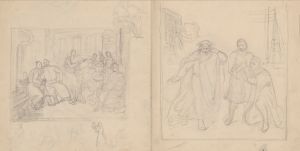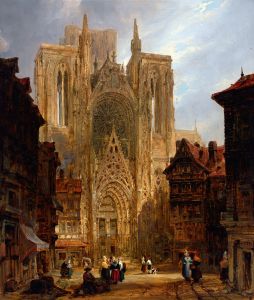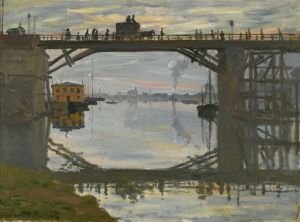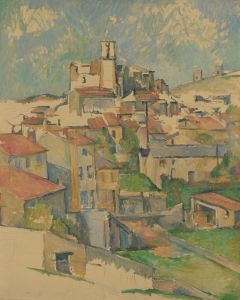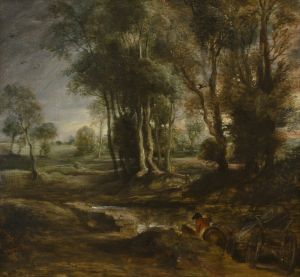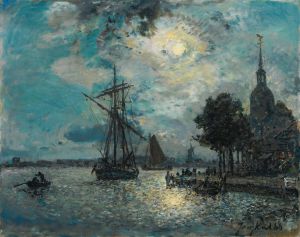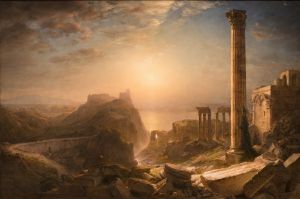
Mt. Katadhin, Showing Pomola and the Great Basin from Sandy Bottom Pond
A hand-painted replica of Frederic Edwin Church’s masterpiece Mt. Katadhin, Showing Pomola and the Great Basin from Sandy Bottom Pond, meticulously crafted by professional artists to capture the true essence of the original. Each piece is created with museum-quality canvas and rare mineral pigments, carefully painted by experienced artists with delicate brushstrokes and rich, layered colors to perfectly recreate the texture of the original artwork. Unlike machine-printed reproductions, this hand-painted version brings the painting to life, infused with the artist’s emotions and skill in every stroke. Whether for personal collection or home decoration, it instantly elevates the artistic atmosphere of any space.
Frederic Edwin Church's painting Mt. Katahdin, Showing Pomola and the Great Basin from Sandy Bottom Pond is a notable work by the prominent American landscape painter associated with the Hudson River School. Completed in 1856, the painting depicts Mount Katahdin, the highest mountain in Maine, and a site of significant natural beauty and cultural importance. The mountain is shown from the perspective of Sandy Bottom Pond, with the Great Basin and Pomola, a prominent peak on the mountain, featured in the composition.
Church was known for his meticulous attention to detail and his ability to capture the grandeur of the American landscape. This work exemplifies his skill in portraying the interplay of light, atmosphere, and topography. The painting reflects Church's interest in exploring and documenting the wilderness of the northeastern United States, a theme common among Hudson River School artists. Mount Katahdin, as a subject, aligns with the 19th-century Romantic ideals of nature as sublime and awe-inspiring.
The painting was created during a period when Church was gaining recognition for his large-scale landscapes. His works often combined scientific observation with artistic imagination, and he was influenced by the writings of naturalists such as Alexander von Humboldt. Church's travels to remote and rugged locations, including Maine, were part of his effort to study and depict the natural world in its most pristine form.
The title of the painting references Pomola, a figure from Penobscot Native American mythology associated with Mount Katahdin. According to Penobscot tradition, Pomola was a spirit who inhabited the mountain and was believed to control the weather. While Church's painting does not explicitly depict this mythological figure, the inclusion of Pomola in the title suggests an awareness of the cultural significance of the mountain to the indigenous people of the region.
Today, Mt. Katahdin, Showing Pomola and the Great Basin from Sandy Bottom Pond is recognized as an important example of Church's work and of the Hudson River School's broader contribution to American art. The painting is held in a private collection and is occasionally exhibited in museums or galleries, allowing viewers to appreciate Church's artistic legacy and his celebration of the American wilderness.





